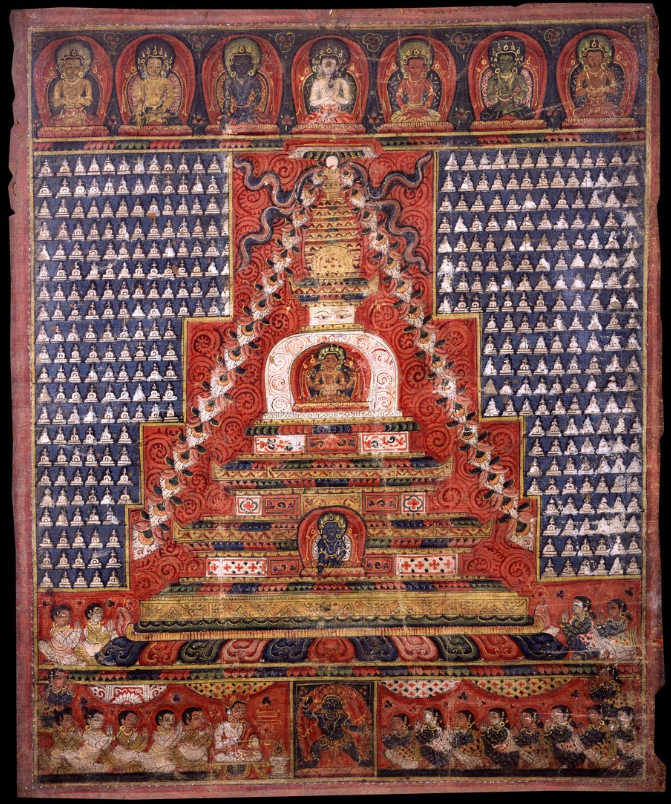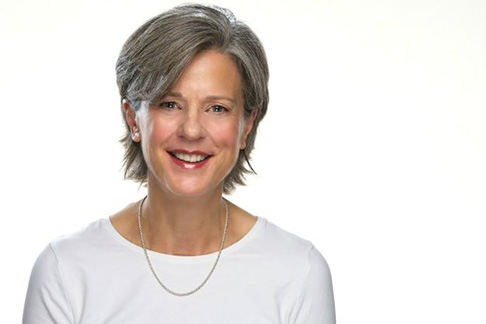
A meditation session led by Tracy Cochran.
For centuries Himalayan practitioners have used meditation to quiet the mind, open the heart, calm the nervous system, and increase focus. Now Western scientists, business leaders, and the secular world have embraced meditation as a vital tool for brain health.
Whether you’re a beginner, a dabbler, or a skilled meditator seeking the company of others, join expert teachers in a forty-five-minute weekly program designed to fit into your lunch break. Each session will be inspired by a different work of art from the Rubin Museum’s collection and will include an opening talk, a twenty-minute sitting session, and a closing discussion. Chairs will be provided.
Presented in partnership with Sharon Salzberg and the New York Insight Meditation Center.

RELATED ARTWORK

Theme: Gratitude
During the rainy month of Gumla in the Kathmandu Valley, devout Buddhist families gather to perform the Laksha Caitya, which means “one hundred thousand stupas.” Originally used as burial mounds for important teachers, stupas became a symbol of the Buddha’s enlightened mind in aniconic form. The creation of so many stupas serves to display devotion and gratitude for being able to have such close access to the teachings of the Buddha. Once the one hundred thousand stupas have been created, a priest will lay them into a riverbed to conclude the ceremony. The painting above relates to this ritual by depicting dozens of small stupas to the background with a large stupa in the center. The repetitious practice of gratitude compounds itself, helping the practitioner to focus on the good in their lives.
About the Speaker

Tracy Cochran is editorial director of Parabola, a quarterly magazine that for forty years has drawn on the world’s cultural and wisdom traditions to explore the questions that all humans share. She has been a student of meditation and spiritual practices for decades and teaches mindfulness meditation and mindful writing at New York Insight Meditation Center and throughout the greater New York area. In addition to Parabola, her writing has appeared in The New York Times, Psychology Today, O Magazine, New York Magazine, the Boston Review, and many other publications and anthologies. For more information please visit tracycochran.org.
